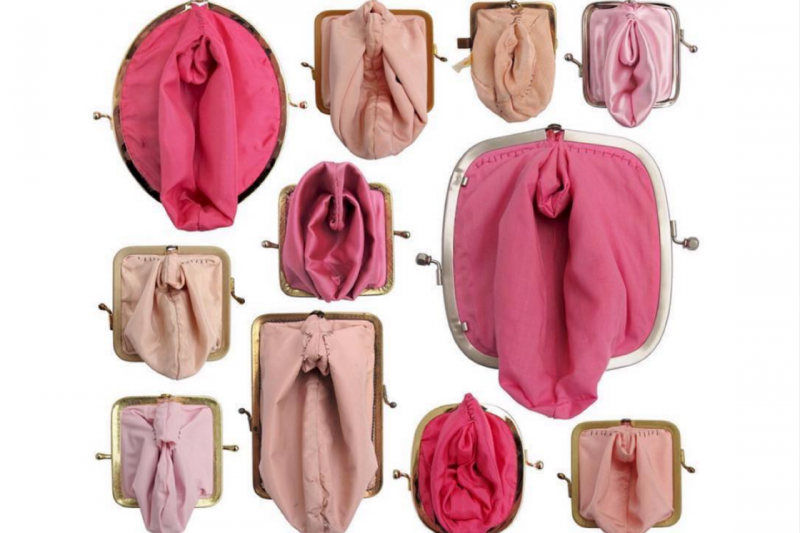Let’s talk taboo.
Pimples in your intimate areas, discharge or strange spots in your underwear. Beware! People don’t typically talk about these things. If you do, it’s probably behind a closed door with a doctor or maybe secretly with your best friend. Do you know the feeling that something may be wrong with you? Do you think that you are the only one in the world who has these super embarrassing problems? With more than 7.7 billion people in the world, we can promise you one thing: This is normal and you’re not alone!
1. Pimples in intimate areas
Pimples in the genital area are usually completely harmless and not unusual at all. The human being has sebaceous glands all over the body (except on palms of hands and soles of feet). These glands can become clogged if sebum is produced excessively, which can happen, for example, when hormones fluctuate or through sweat. Sensitive skin can also develop pimples as a result of rubbing underwear, shaving or other types of hair removal or aggressive skin care. Pimple-like impurities can also be a symptom of a sexually transmitted disease. If you have had unprotected sex recently, it is advisable to consult a doctor. However, if this can be ruled out, the best thing to do is to leave the impurities alone — that means no touching or scratching! The pimple could otherwise become irritated or leave scars, so keep your hands off.
But there are a few things you can do to prevent pimples from forming:
- Wash your towels regularly at 60°C to kill bacteria
- Clean your intimate area with warm water and stray away from shower gels and soaps – if you would like, you can use a mild cleansing lotion
- Do not wear underwear made of synthetic materials. Use cotton underwear – it lets your skin breathe
- Dry thoroughly after showering. Damp, warm places are the perfect breeding ground for bacteria
2. Butt pimples
Pimples on your butt look very similar to pimples in the genital area. But the keyword here is: peel, peel, peel! This is how you remove dead skin cells and prevent sebaceous glands from becoming blocked and causing pimples.
3. Discharge
This is also quite normal! Discharge is a natural protective function for our uterus and vagina. Excess mucus and dead cells are thus drained and intruders are repelled. The tissue is kept moist and clean. Especially in the middle of the cycle women often have increased discharge. This should be transparent or white and smell neutral or slightly sweet. The consistency can be quite different: from viscous to cheesy to thin, everything is quite common. Signs of infection could be a yellowish or greenish color, and an unpleasant smell.
4. Underwear discoloration
Have you ever noticed that dark underwear sometimes gets orange stains after washing that look like bleach stains? You don’t have to worry about that either because our vulva is actually capable of bleaching textiles! Sounds crazy, but it really is. The pH of our vagina is naturally acidic, which reduces the risk of being infected by sexually transmitted diseases. The acidic discharge can then lead to bleached stains in underwear. Unfortunately, there is very little that can be done about it. Wearing panty liners creates a barrier between the vulva and the underpants. Another option is to wash the panties off immediately after wearing them. This shortens the time in which the “bleach” can take effect.
Can you think of any other taboo topics, or any that are just too embarrassing to talk about?
If so, drop us a message! 🙂













1 comment
Comments are closed.